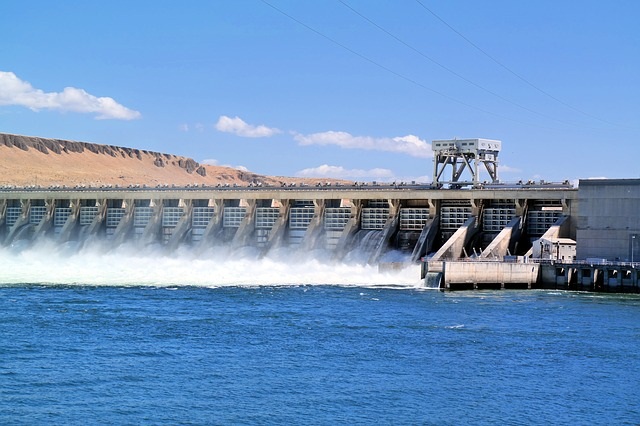What is Rain Gardening? And What are Rain Gardens?
Rain gardening is essentially making a garden for the sole purpose of harvesting, storing or utilizing and filtering of storm/rain water. Anyone can make rain gardens in their lawns or around their homes by creating a channel that ultimately leads into the garden. The channel acts as a way for the water to move during heavy rains.
Related: Modern Lawns Destroying Our Environment – Gardens Are Better
It is a depressed cavity or space in land planted with perennial plants, shrubs and other grasses and flowers that can allow rain water to be soaked up and into the ground. This can prevent rainwater from collecting on roofs of streets after running off slopes.
Rain gardens can be ideally located near buildings where they can effectively capture stormwater and filter it of pollutants before the water enters the drains.
Check out: Monsoon Rains In Pakistan – Advantages and Disadvantages
Types of Rain Gardens:
- Simple Rain Garden– perfect for residential areas and outside homes. A simple rain garden can just be a depression where plants and grasses grow that can not just soak up and filter the rain water naturally. The plant selection is intentional-preferably those that are native to the area and can thrive in extremes. Because the rain gardens can be either very dry for part of the year and very bog like or swampy conditions for the rest of the year.
- Bioswales: a larger rain garden than a simple garden is also known as a bioswale or an intermediate rain garden. This can appear as a large pond but one that is actually functional and not just collects water in the area. It effectively absorbs and filters rain water of that area using plants that can form a natural habitat and help provide many other benefits like temperature regulation, cooler environment to name a few. A rain garden that only collects water and becomes stagnant is a non-functional rain garden.
- Advanced Rain Gardens: if we promote the rain garden to a more advanced level using technology and infrastructure then we get a truly sustainable and green mechanism that can tie into the local property’s water drainage system of which it is a part of. It will not just filter Pollutants or sediments and other floatation debris but also be used to recycle the water that cannot enter the drains. If every house in the area has this kind of rain garden then even the very heavy rains can be easily and effectively managed provided that the stormwater drainage system is also capable of supporting the large influx of water. Water that cannot be absorbed by plants anymore could effectively be redirected towards stormwater drains and thus prevent flash floods in urban areas like streets, alleys and highways.
Also check out: Rainwater Harvesting Project Lahore – Why We Need More?
Benefits of Rain Gardens:
- Soak up excess water after rains thus reducing the risk of floods and stagnant waters.
- No stagnant water collection on streets or land means less breeding ground for vectors like mosquitoes and thus overall reduced risk of water borne diseases.
- Filters water and removes Pollutants from rain water.
- Water conservation
- Natural habitat created by plants improve the aesthetic of the neighborhood and areas.
You might also like: 10 New Innovative Water Purification Ideas and Techniques - Plants create micro-habitat and thus can regulate temperature, provide a cooling effect, reduce humidity and help improve the natural biodiversity. Read more: Biodiversity Management Methods, Techniques And Importance
- Improves soil fertility and permeability by allowing water to percolate.
- Improves and replenishes the quality of the underground water tables and aquifers.
- It is very economical to maintain a rain garden.
- It is easy to maintain and regulates its immediate environment easily.
- Pollinator and other micro-organisms can thrive in the natural habitat created in the rain gardens.
Also check out: Pollinator Decline of Bees – Causes, Effects and Solutions and Importance of Bees for the Environment- Why Do We Need Bees?
Conclusion:
Rain gardens are a very sustainable solution to manage storm water run off and is one of the green techniques that can help us in the event of extreme precipitation exacerbated by climate change. It has numerous benefits for the community over a long period of time and seldom causes any problems.
You may also be interested in: 10 Easy Ways To Store And Use Rainwater In Your House
I hope you all liked this post! Please comment below if you have any suggestions, comments, or feedback! We at #envpk love hearing from our readers! Thanks!




